It isn't duplicate. Others suggest to crack the password but that's not something we are planning to do. Don't way any legal issues. Macro models are locked. Can't execute programmatically
So we have an excel where we fill some data. Click on the given button. It performs some calculations (using macros probably) and then fill the result in the excel only. We want to take another step forward and want to automate the task to fill the input data too.
The problem is modules are locked i can't programmatically execute macro.

If we open that file with libre office (linux) it shows this.

The excel file is the freely available Fatigue index calculator If its not possible to do it this way. Is there any other way? Can i somehow use the button present in the excel? Any help is appreciated.
I am not an excel guy, correct me if I am wrong somewhere. Can provide more info.
NOTE: I can't (don't want to) break the password due to legality purposes.
